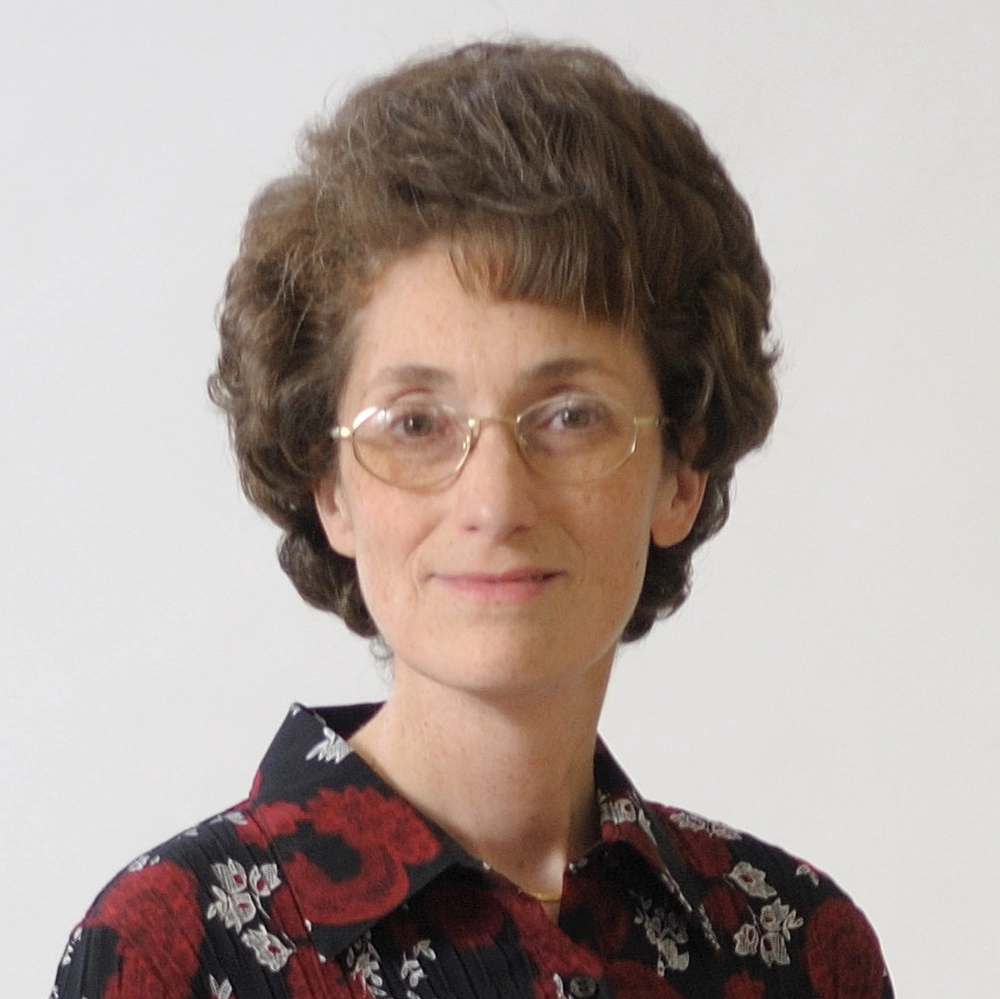
Scientists are striving to understand quantum phenomena, with hopes of designing materials and structures that could capture light and turn it into chemical energy, or even make reliable quantum computers.
But solving the equations of quantum mechanics for complicated systems becomes exponentially more difficult with each added particle, often making simulations impossible.
Even utilizing all the computers in the world simulations would be out of the question for the complex systems that we want to better understand, like photosynthesis, for example.
Professor Nancy Makri, the Edward William and Jane Marr Gutgsell Professor and professor of chemistry and physics, has developed a new theoretical method to make such simulations possible for some systems.
This new development in quantum dynamics “eliminates the need for large computer memory and allows the simulation of systems that are much larger than previously possible,” said Makri, whose first paper introducing this method was recently published in The Journal of Chemical Physics.
Just like the push to find new and more efficient ways to generate and store energy, quantum computing is also a hot prospect these days.
And if quantum computers could be made to function properly, Makri explains, computing efficiency could increase exponentially.
“But one of the main problems is stability and reliability, and that’s related to the detrimental effects of noise from the qubits’ environment,” she said, referring to quantum bits, basic units of quantum information. “Our methods can help better understand the effects of this noise on the behavior of the qubits, and perhaps we can figure out ways of reducing these detrimental effects.”
Makri explains the details of her new methods in the article, “Small matrix disentanglement of the path integral: Overcoming the exponential tensor scaling with memory length.”
Using the path integral formulation of quantum mechanics, developed by Nobel Laureate Richard Feynman, the philosophy Makri has been pursuing is trying to understand the physics behind the problem, and through this understanding, to find some structures that may be used to disentangle the sum, which typically involves an astronomical number of terms.
It is like rearranging factors in a long, complex multiplication, and regrouping them in a way that makes the product easier to compute.
Makri applies that same general idea to evaluate the path integral without any approximations.
“Can we find analogous structures in the path integral and regroup the terms in a way that allows us to do the calculation on my laptop, as opposed to not being able to do it at all on all the computers in the universe?” she said. “So that’s basically what we’re trying to do here.”
The new development applies to quantum systems that interact with ‘dissipative baths,’ which are often used to model heat exchange with a large environment such as a solid or liquid.
In the mid-1990s, Makri developed an algorithm that scales linearly with the number of time steps, overcoming the original exponential scaling. This algorithm has allowed simulations on a wide range of systems and has led to a quantitative understanding of quantum effects in chemical reactions. Still, the computational effort scales exponentially with the natural correlation time of the system.
The new development Makri has discovered is that the exponential scaling with correlation time is not necessary.
“The exponential storage goes away,” said Makri, explaining that this is something she previously thought could not be done.
“It does work out. It’s actually very beautiful,” she said.
The new approach will allow accurate calculations in systems with several quantum states, such as those involved in some photosynthetic complexes. Beyond its practical utility, this work offers valuable theoretical insights into the quantum dynamics of dissipative processes.